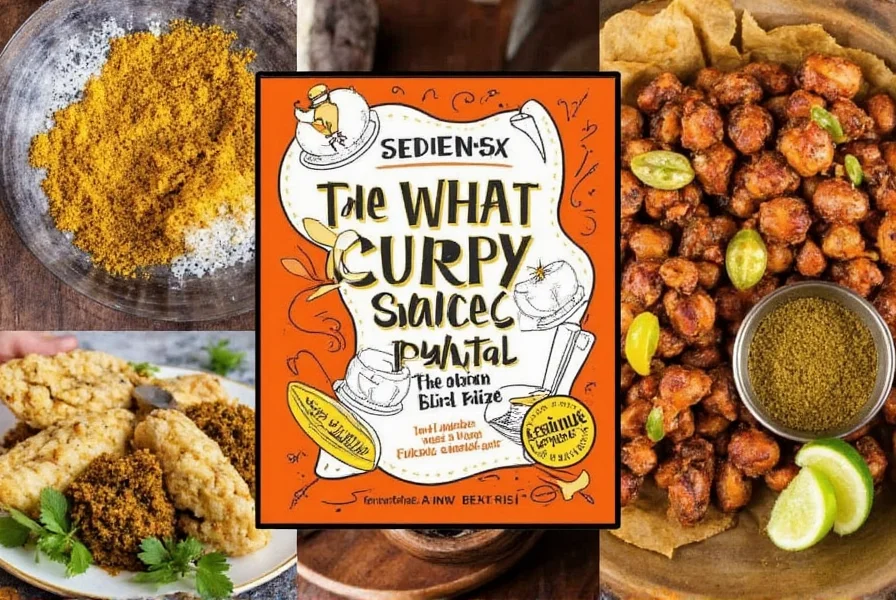 Curry spice mix is a blend of ground spices used to flavor dishes. It's not a single spice but a combination of ingredients like turmeric, cumin, coriander, and chili powder. This guide covers everything you need to know about curry spice mix, from its origins to how to use it in your cooking.
Curry spice mix is a blend of ground spices used to flavor dishes. It's not a single spice but a combination of ingredients like turmeric, cumin, coriander, and chili powder. This guide covers everything you need to know about curry spice mix, from its origins to how to use it in your cooking.
Table of Contents
- What Exactly Is Curry Spice Mix?
- The Main Players in Every Curry Mix
- Types of Curry Spice Mixes Around the World
- Buying Guide: Choosing the Best Curry Spice Mix
- DIY Alert: Make Your Own Curry Spice Mix at Home
- 5 Easy Recipes That Beg for Curry Magic
- Frequently Asked Questions About Curry Spice Mix
- Pro Tips: Storing and Using Curry Like a Pro
- Final Thoughts: Curry Spice Mix—Your Secret Weapon
What Exactly Is Curry Spice Mix?
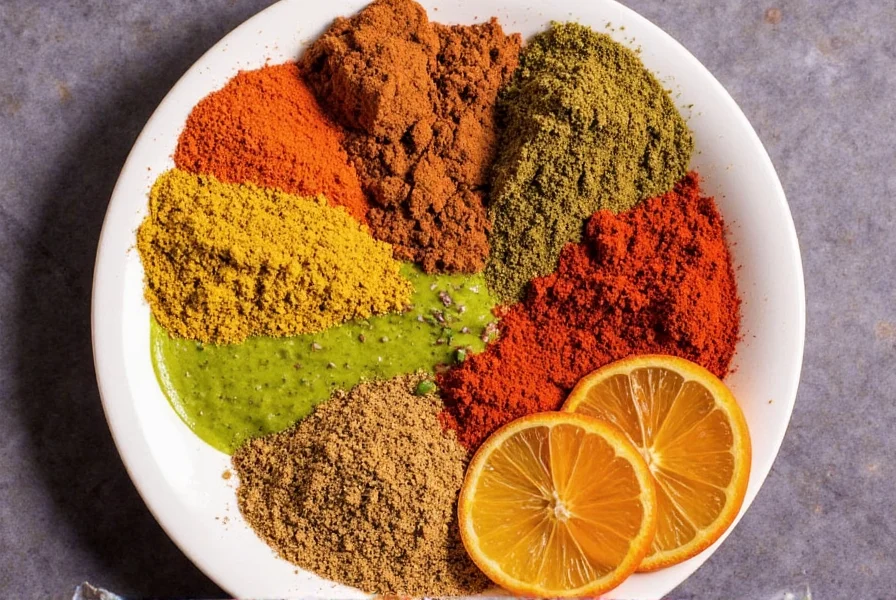 Curry spice mix is not one single spice—it's actually a carefully crafted combination of ground spices that gives dishes their signature warm, earthy, and sometimes fiery flavor. While originally rooted in Indian cuisine, it has now evolved into countless variations across Asia, Africa, the Caribbean, and even Europe.
Curry spice mix is not one single spice—it's actually a carefully crafted combination of ground spices that gives dishes their signature warm, earthy, and sometimes fiery flavor. While originally rooted in Indian cuisine, it has now evolved into countless variations across Asia, Africa, the Caribbean, and even Europe.
The term "curry" itself can be confusing because it refers both to the spice mix and to the saucy dishes made using it. But here, we're focusing purely on the powder—the aromatic backbone that brings complexity to your meals.
The Main Players in Every Curry Mix
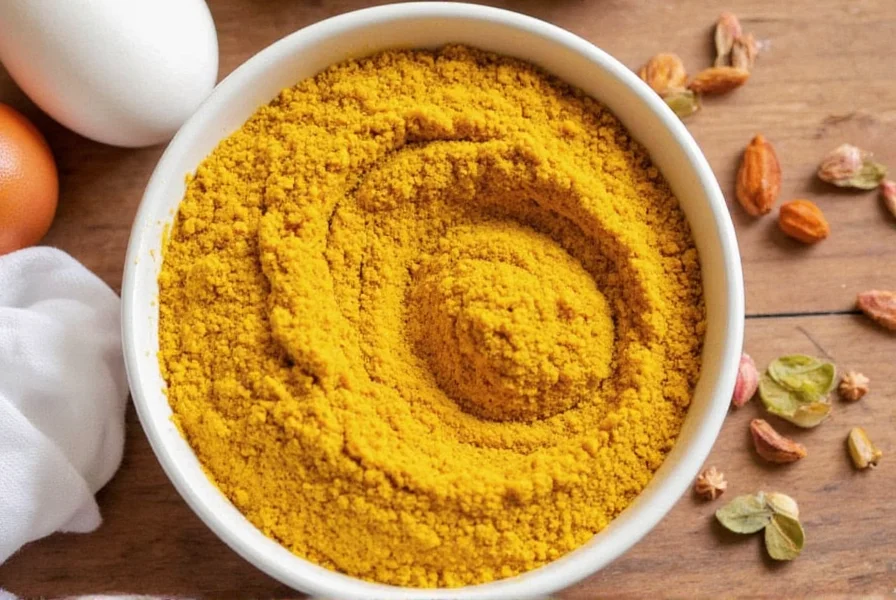 While different regions have their own twists, most curry mixes include a base of these common spices:
While different regions have their own twists, most curry mixes include a base of these common spices:
- Turmeric – The golden color bomb with anti-inflammatory properties
- Cumin – Earthy depth, a curry must-have
- Coriander – Slightly citrusy warmth
- Garam Masala – Sometimes added for extra warmth (especially in North Indian blends)
- Chili Powder – For heat lovers
- Fenugreek – Sweetly bitter, often used sparingly
- Black Pepper – Adds bite and enhances turmeric absorption
- Mustard Seeds – Occasionally included for nutty notes
- Cinnamon/Cloves/Cardamom – Found in some sweet-spice-heavy blends
Common Variations by Region
| Region | Key Spices | Flavor Profile |
|---|---|---|
| India (North) | Turmeric, cumin, coriander, chili, garam masala | Earthy, warm, moderately spicy |
| India (South) | Turmeric, mustard seeds, curry leaves, black pepper | Nutty, peppery, aromatic |
| Thailand | Coriander root, lemongrass, galangal, shrimp paste | Herbaceous, fresh, bold |
| Japan | Roasted onion, ginger, red pepper, fennel | Sweet, mild, umami-rich |
| Caribbean | Mustard seed, fenugreek, garlic, allspice | Pungent, complex, warming |
Types of Curry Spice Mixes Around the World
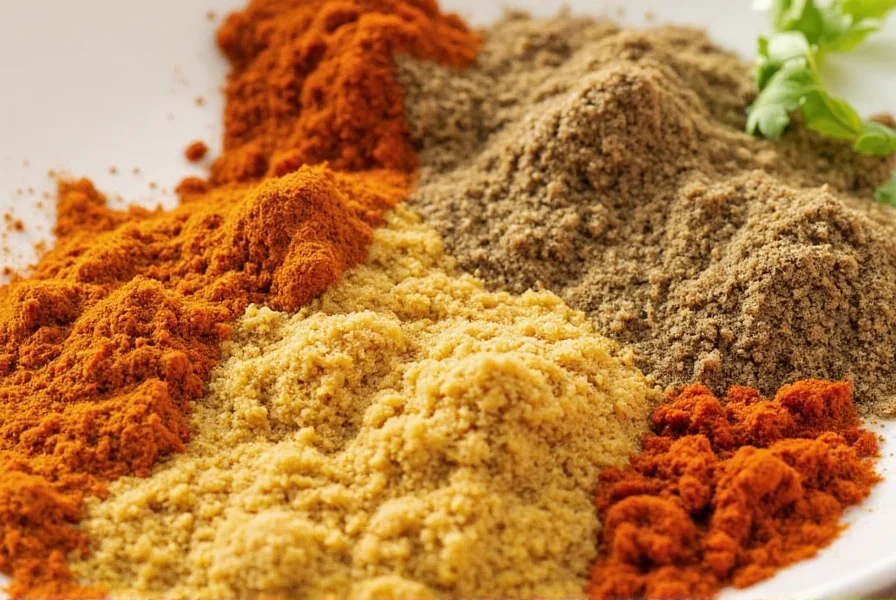 Curry isn't just one thing—it's a family of spice blends as diverse as the cultures that created them. Let's take a quick world tour of popular curry spice mixes:
Curry isn't just one thing—it's a family of spice blends as diverse as the cultures that created them. Let's take a quick world tour of popular curry spice mixes:
Madras Curry Powder
- Origin: South India (via British interpretation)
- Heat Level: High
- Flavor: Fiery and tangy, thanks to tamarind and red chilies
Jamaican Curry Powder
- Origin: Jamaica
- Heat Level: Medium-High
- Flavor: Bold, with allspice and scotch bonnet undertones
Thai Green Curry Paste
- Origin: Thailand
- Form: Wet paste vs. dry powder
- Flavor: Fresh herbs like lemongrass, kaffir lime leaves, and Thai basil
Japanese Curry Powder
- Origin: Japan
- Heat Level: Low to medium
- Flavor: Mildly sweet with deep umami tones
Massaman Curry Blend
- Origin: Southern Thailand/Persian influence
- Flavor: Rich and slightly sweet, with cinnamon, clove, and cardamom
Buying Guide: Choosing the Best Curry Spice Mix
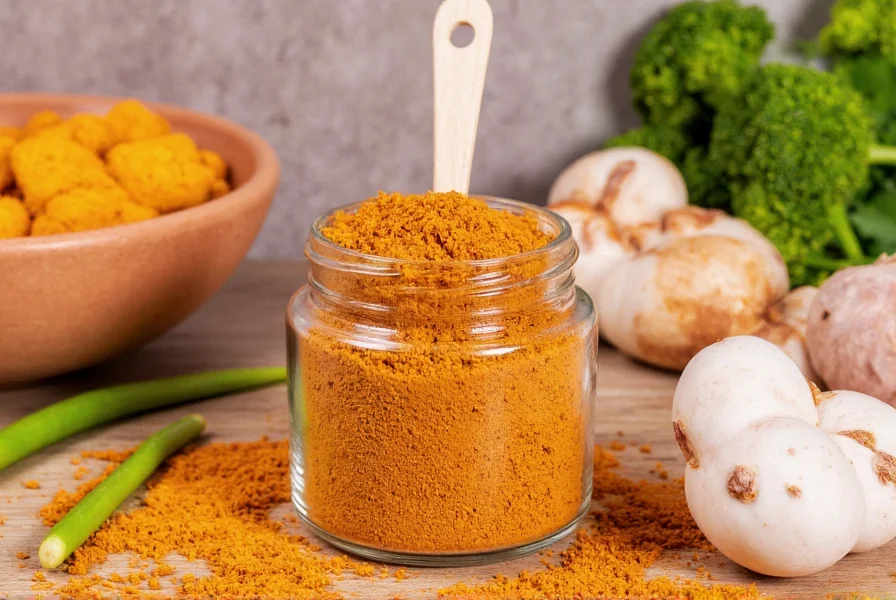 When picking up a jar of curry spice mix, don't just grab the first one you see! Here's what to look for:
When picking up a jar of curry spice mix, don't just grab the first one you see! Here's what to look for:
What to Look For
- Ingredients List: Keep it short and recognizable. Avoid preservatives and artificial flavors if possible.
- Heat Level: Check packaging or labels for mild, medium, or hot indicators.
- Aroma: Open the container before buying. A strong, vibrant smell = freshness.
- Brand Reputation: Trusted brands like McCormick, Frontier Co-op, or artisanal spice shops are safer bets.
- Country of Origin: Some blends are best when sourced locally (e.g., authentic Madras curry should come from India).
Top 5 Curry Spice Mix Brands Compared
| Brand | Type | Heat Level | Best For | Price Range |
|---|---|---|---|---|
| Mccormick Culinary Curry | All-purpose | Mild | Everyday cooking | $ |
| Frontier Co-op Organic Curry | Organic & natural | Mild-Medium | Health-conscious cooks | $$ |
| Swad Premium Madras Curry | South Indian style | Hot | Chutneys, stews, curries | $$ |
| Spicewalla Firecracker Curry | Artisan blend | Extra Hot | Grills, roasted veggies | $$$ |
| Kikkoman Thai Red Curry | Ready-to-use paste | Medium-Hot | Quick Thai dishes | $$ |
DIY Alert: Make Your Own Curry Spice Mix at Home
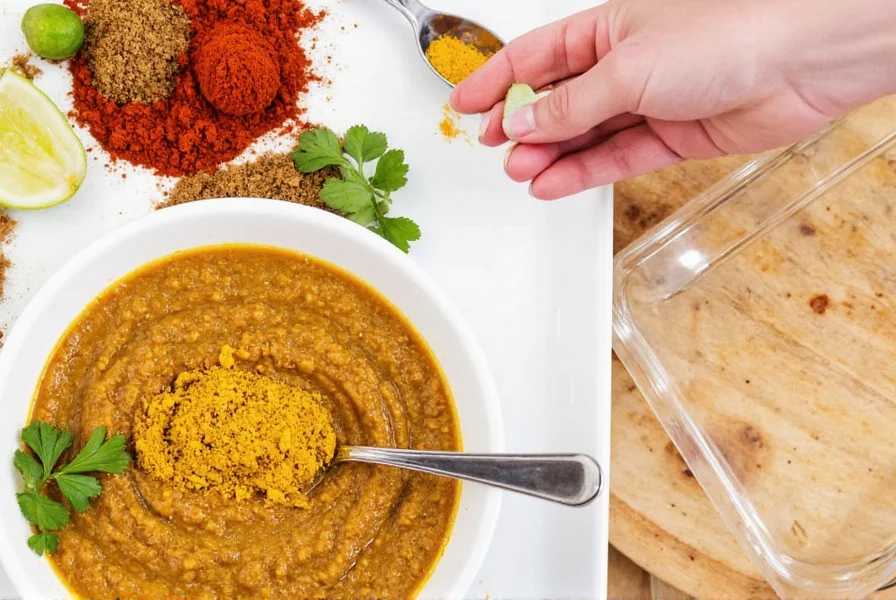 Want total control over flavor? Whip up your own homemade curry spice mix! It's easy, fun, and lets you tweak the heat and aroma to your taste.
Want total control over flavor? Whip up your own homemade curry spice mix! It's easy, fun, and lets you tweak the heat and aroma to your taste.
Classic Homemade Curry Mix Recipe
- 2 tbsp ground turmeric
- 1.5 tbsp ground cumin
- 1 tbsp ground coriander
- ½ tsp black pepper
- ½ tsp chili powder (adjust to taste)
- ¼ tsp cinnamon (optional)
- ¼ tsp fenugreek (optional)
Mix well in a bowl and store in an airtight glass jar. Shake before use!
Customization Ideas
- Add dried mango powder for tanginess
- Include roasted mustard seeds for crunch
- Swap regular chili for Kashmiri red chili for vibrant color without intense heat
- Infuse with a dash of coconut milk powder for Southeast Asian flair
5 Easy Recipes That Beg for Curry Magic
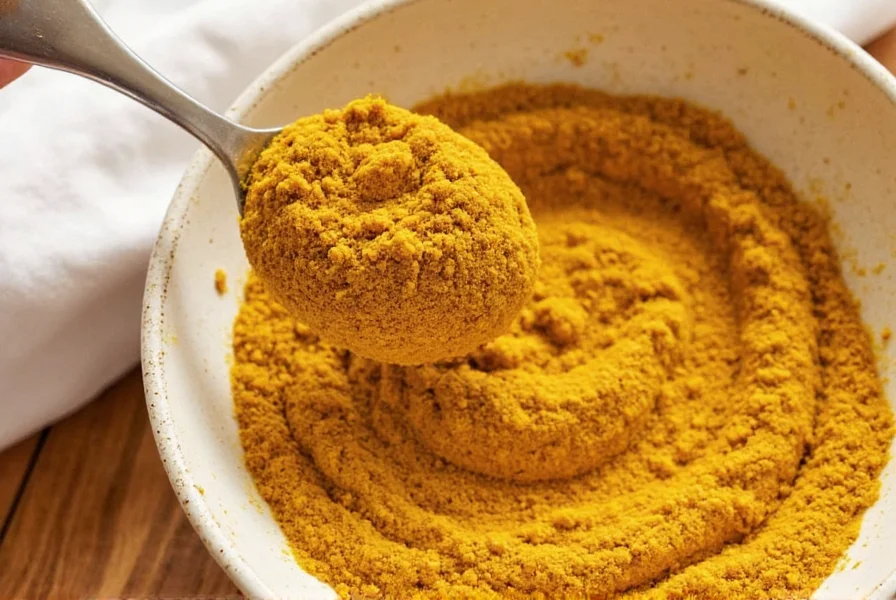 Once you've got your hands on a good curry spice mix, the sky's the limit. Here are five delicious recipes to try:
Once you've got your hands on a good curry spice mix, the sky's the limit. Here are five delicious recipes to try:
1. Coconut Chickpea Curry
- Easy vegan dinner
- Canned chickpeas + coconut milk + curry spice mix = instant comfort
- Perfect served over rice or with naan bread
2. Curried Roasted Vegetables
- Coat cauliflower, carrots, and potatoes with oil and curry mix
- Roast until caramelized and crispy
- Ideal side dish or main course with quinoa
3. Chicken Tikka Masala
- Use a premium garam masala-enhanced curry blend
- Add yogurt-marinated chicken and simmer in tomatoes
- Pair with basmati rice and flatbread
4. Thai-Inspired Salmon Curry
- Use Thai green curry paste
- Simmer salmon with coconut milk and lemongrass
- Healthy, fragrant, and restaurant-quality
5. Japanese Curry Rice (Kare Raisu)
- Use Japanese curry cubes or powder
- Slow-cooked beef, carrots, onions, and potatoes
- Kid-friendly, comforting, soul-warming
Frequently Asked Questions About Curry Spice Mix
Got questions about curry spice mix? We've got answers to the most common queries from home cooks like you:
What's the difference between curry powder and curry paste?
Curry powder is a dry blend of ground spices, while curry paste contains fresh ingredients like lemongrass, galangal, and chilies blended with spices and often includes shrimp paste or fish sauce. Powder is shelf-stable and versatile for dry rubs or adding to liquids, while paste offers more complex, fresh flavors but has a shorter shelf life.
How long does curry spice mix last?
Properly stored in an airtight container away from light and heat, curry spice mix maintains its peak flavor for 6-12 months. After this, it won't spoil but will gradually lose potency. You'll know it's past its prime when the aroma becomes faint or dull.
Can I substitute curry powder for curry paste (or vice versa)?
You can make substitutions with some adjustments. For curry paste, mix 1 tablespoon curry powder with 1 teaspoon oil and 1 teaspoon water to approximate the texture. For curry powder instead of paste, use half the amount since paste is more concentrated. Note that flavor profiles will differ since pastes contain fresh ingredients.
Is curry spice mix gluten-free?
Most traditional curry spice mixes are naturally gluten-free as they contain only spices. However, some commercial blends may include flour as a filler or be processed in facilities with gluten-containing products. Always check labels if you have celiac disease or gluten sensitivity.
How can I make my curry less spicy if I've added too much heat?
Add cooling ingredients like coconut milk, yogurt, or a spoonful of sugar. Acidic components like lemon juice or tomato can also help balance heat. The starch from potatoes or rice will absorb some spice. Remember: fat carries flavor, so adding more oil or ghee can distribute the heat more evenly rather than intensifying it.
What's the best way to store curry spice mix?
Store in a dark glass jar or opaque container in a cool, dry place away from heat sources. Avoid keeping spices above the stove where temperature fluctuates. For maximum freshness, buy in smaller quantities and replenish regularly. Never store in the refrigerator as moisture will degrade quality.
Are all curry spice mixes the same?
No two curry mixes are identical! While they share common base spices like turmeric and cumin, each region and even each household has its own variation. Indian curry blends differ significantly from Thai, Japanese, or Caribbean versions. Always check the ingredients as flavor profiles and heat levels vary dramatically.
Pro Tips: Storing and Using Curry Like a Pro
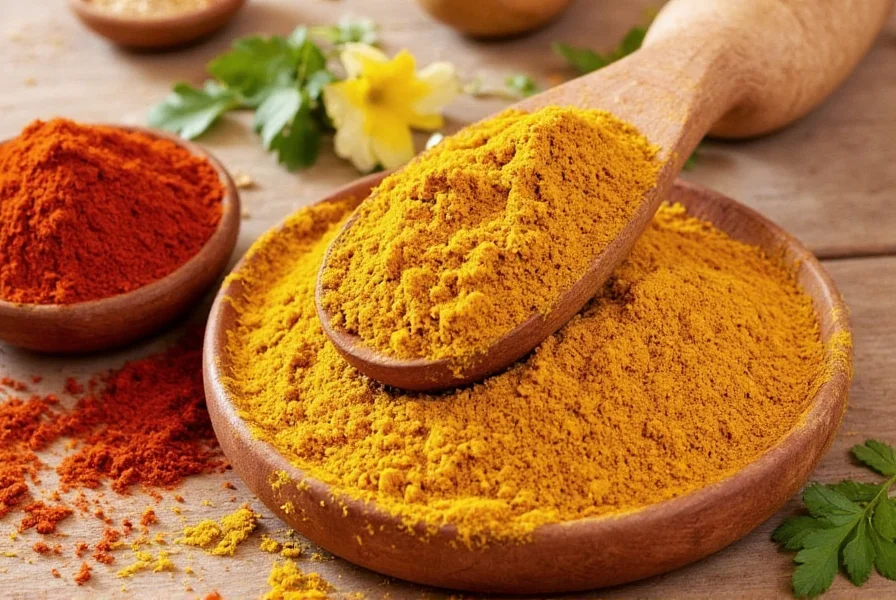 To keep your curry spice mix tasting its best, follow these expert tips:
To keep your curry spice mix tasting its best, follow these expert tips:
- Store in dark glass jars – Light and moisture degrade quality quickly.
- Keep in a cool, dry place – Away from stove heat or sink humidity.
- Use within 6 months – Ground spices lose potency over time.
- Toast before use – Heat a little oil in a pan, add curry, and toast for 1–2 minutes to unlock flavors.
- Dilute with oil or water first – Especially when adding to sauces to prevent clumping.
- Don't overload dishes – Start small and adjust to taste.
- Try unexpected uses – Add a pinch to scrambled eggs, popcorn, hummus, or smoothies!
Final Thoughts: Curry Spice Mix—Your Secret Weapon
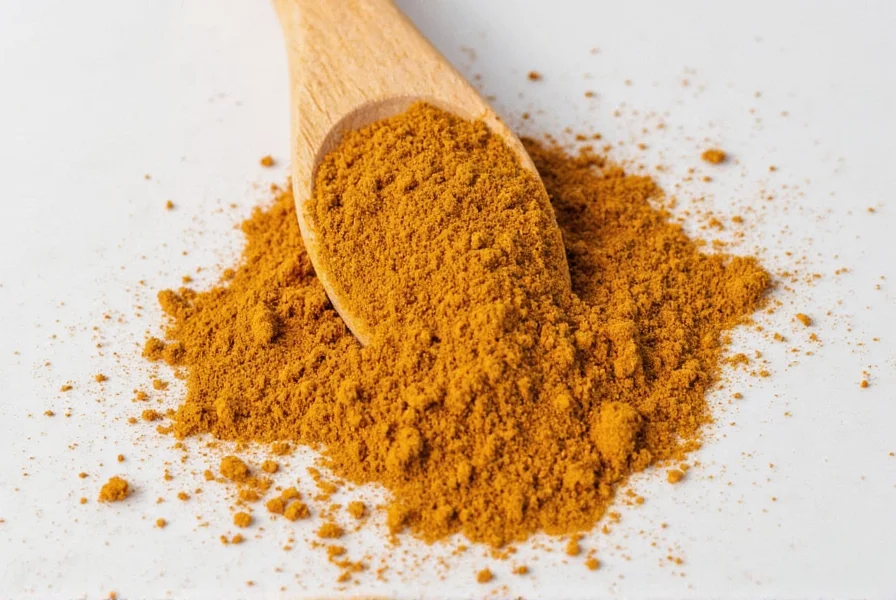 In a world full of flavor possibilities, curry spice mix stands out as a versatile, vibrant, and valuable addition to any kitchen. From pantry staples to gourmet creations, it offers endless ways to experiment and elevate your cooking game.
In a world full of flavor possibilities, curry spice mix stands out as a versatile, vibrant, and valuable addition to any kitchen. From pantry staples to gourmet creations, it offers endless ways to experiment and elevate your cooking game.
Whether you're grabbing a pre-made mix off the shelf or crafting your own masterpiece, remember that the right curry blend can make all the difference between average and amazing. So go ahead—explore the varieties, play with proportions, and let your palate guide you on a journey through the world of curry.

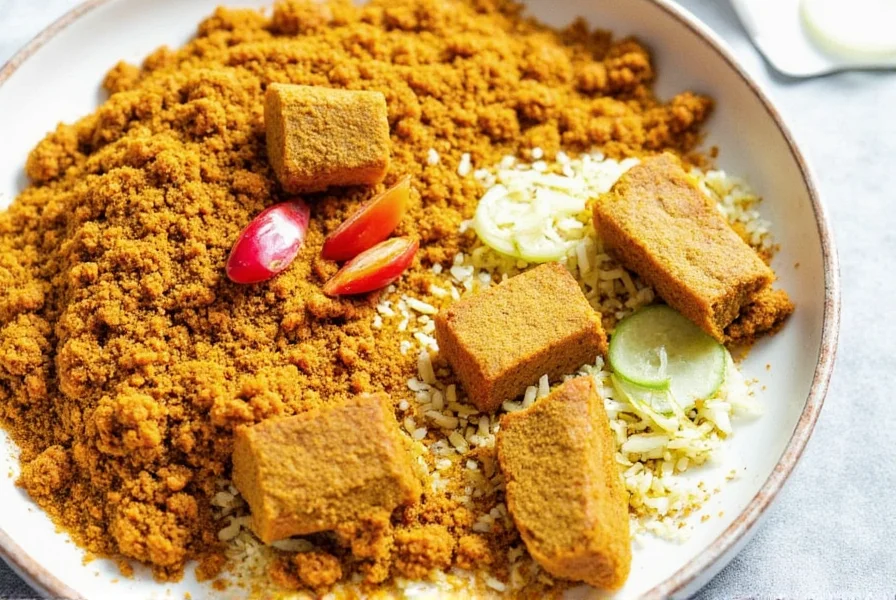









 浙公网安备
33010002000092号
浙公网安备
33010002000092号 浙B2-20120091-4
浙B2-20120091-4